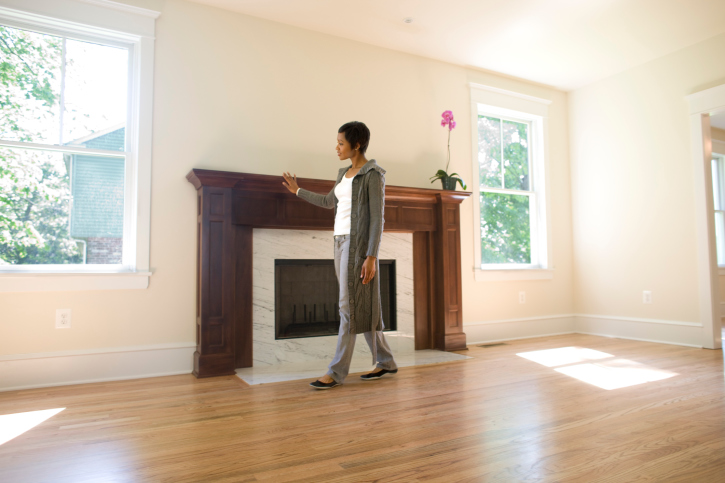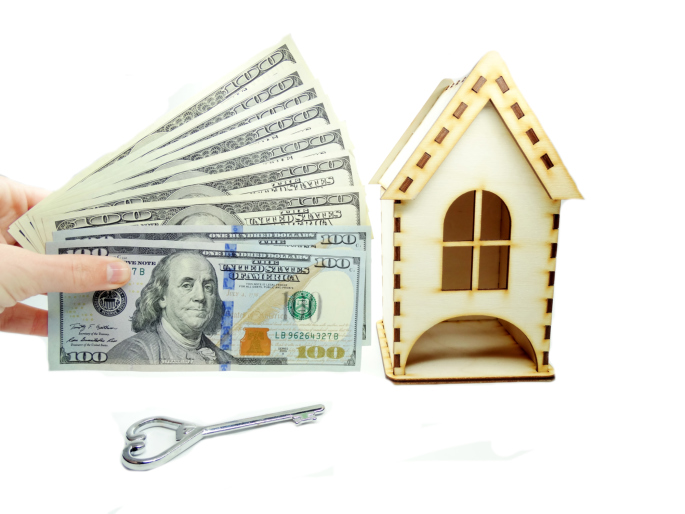 Talk to any homeowner, and they’ll probably tell you how excited they were when they first bought their home. After living there for a while, they’re likely to share some unexpected experiences — both pleasant and challenging. From embracing the freedom of owning their property and building memories to facing unexpected costs and endless maintenance tasks, homeownership is full of surprises.
Talk to any homeowner, and they’ll probably tell you how excited they were when they first bought their home. After living there for a while, they’re likely to share some unexpected experiences — both pleasant and challenging. From embracing the freedom of owning their property and building memories to facing unexpected costs and endless maintenance tasks, homeownership is full of surprises.
Here are some top surprises to expect:
1. The Amount of Maintenance Required
The most common surprise for first-time homeowners is the amount of maintenance required. From keeping the home functional to managing costs, maintenance can feel never-ending. Have a cash reserve for emergencies. Understand your home’s needs and your repair limits.
2. Changing Costs of Property Taxes and Insurance
Many buyers assume a fixed-rate mortgage means stable payments. However, property taxes and insurance, included in escrow, can fluctuate. Regularly review your escrow statement to understand how your mortgage payment is allocated.
3. Benefiting from Tax Write-Offs
You should not forget the tax benefits of homeownership. The big benefit is writing off interest on your taxes. Research tax benefits specific to homeowners to maximize your financial advantages.
4. Neighbors Impacting Quality of Life
The quality of life in your home can be significantly influenced by your neighbors. Check out and walk through the neighborhood and talk to them. Visit potential neighborhoods at different times to gauge the environment and noise levels.
5. Knowledge Required for Upkeep
As a homeowner, you’re responsible for all repairs. Consider the cost of utilities, tax bills, yard or pool upkeep, and potential hazards like lead paint. Thoroughly inspect the home before purchasing and budget for inevitable repairs.
6. Stability of Monthly Costs Despite Market Volatility
Most homes are a more stable investment than stocks. When the market goes down, you still have your home. Unlike cars and other assets, your home’s value goes up, not down.
7. External Factors Affecting Property
External factors like zoning rules and HOA regulations can limit what you do with your property. Research long-term plans for your area to avoid unwelcome surprises.
8. Scheduled Maintenance Needs
Regular maintenance is essential. Homeowners recommended servicing furnaces and air conditioners yearly and maintaining water heaters and septic systems. Keep a maintenance calendar to stay on top of necessary tasks.
9. Knowing Your Home’s Quirks
Understanding your home’s unique traits can prevent issues. Most homes will have unique sounds that are normal and some may be noises that need attention.
10. Attachment to Your Home
Home improvements and personal touches can create strong emotional ties. Keep in mind that you may fall in love with the place and have a hard time selling it.
Being a homeowner comes with its challenges and rewards. By understanding these surprises, you can be better prepared for the journey. Enjoy the satisfaction of knowing your home is truly yours.
 The generation, born between 1981 and 1996, known as Millennials is forced to face a complex landscape influenced by economic shifts, technological advancements, and changing societal norms. Here’s a closer look at the key hurdles and the potential bright spots for millennial homebuyers.
The generation, born between 1981 and 1996, known as Millennials is forced to face a complex landscape influenced by economic shifts, technological advancements, and changing societal norms. Here’s a closer look at the key hurdles and the potential bright spots for millennial homebuyers. Do you have a list of home projects you’ve been meaning to tackle? The good news: some of them can be done in just ten minutes! Here are five quick and easy tasks to help you get your home in order almost instantly.
Do you have a list of home projects you’ve been meaning to tackle? The good news: some of them can be done in just ten minutes! Here are five quick and easy tasks to help you get your home in order almost instantly. One of the top ways to build wealth is to own a home; however, it can be challenging to qualify for a home loan. Not everyone has the finances to maintain a house, and some people might not be ready to settle down for a prolonged amount of time. Therefore, everyone has to think carefully before deciding homeownership is the right move. What are the top signs that someone is ready to be a homeowner?
One of the top ways to build wealth is to own a home; however, it can be challenging to qualify for a home loan. Not everyone has the finances to maintain a house, and some people might not be ready to settle down for a prolonged amount of time. Therefore, everyone has to think carefully before deciding homeownership is the right move. What are the top signs that someone is ready to be a homeowner?  One of the most common dreams is homeownership; however, the cost of buying a house is rising quickly, and many children cannot afford to buy a house even after they finish school. They might be encumbered with student loans, and they could have a difficult time finding a job. Fortunately, there are ways parents can help their adult children buy a home.
One of the most common dreams is homeownership; however, the cost of buying a house is rising quickly, and many children cannot afford to buy a house even after they finish school. They might be encumbered with student loans, and they could have a difficult time finding a job. Fortunately, there are ways parents can help their adult children buy a home. There are many people who are looking at the housing market wondering if now is the time to make the jump from renting to owning. At the same time, is it more affordable to rent a home? Or, is it a smarter move to buy a home? Even though many people like the comfort of renting because it is someone else’s problem if something goes wrong, waiting too long to purchase a home could be costly. Here are a few of the most important points you need to keep in mind when it comes to renting versus buying a home.
There are many people who are looking at the housing market wondering if now is the time to make the jump from renting to owning. At the same time, is it more affordable to rent a home? Or, is it a smarter move to buy a home? Even though many people like the comfort of renting because it is someone else’s problem if something goes wrong, waiting too long to purchase a home could be costly. Here are a few of the most important points you need to keep in mind when it comes to renting versus buying a home. There are a few parts of American culture that people believe define this country. One element is the dream of homeownership. There is a strong belief that people need a place to call home. Therefore, since the dawn of this country, the government has tried to incentivize people to purchase a home.
There are a few parts of American culture that people believe define this country. One element is the dream of homeownership. There is a strong belief that people need a place to call home. Therefore, since the dawn of this country, the government has tried to incentivize people to purchase a home.  As a homebuyer, your real estate agent will do their best bring you to see homes that meet the criteria you asked for. However, there’s no guarantee that a home will have a history of being properly cared for.
As a homebuyer, your real estate agent will do their best bring you to see homes that meet the criteria you asked for. However, there’s no guarantee that a home will have a history of being properly cared for. Owning a home may be the American dream, but for many who are in a lower income bracket, finding a loan can become challenging. Thankfully, there are several loan programs that can work well for lower-income people considering homeownership. Here’s a closer look at some of these home loans designed to help people who have a low-to-moderate income find a way to buy a home.
Owning a home may be the American dream, but for many who are in a lower income bracket, finding a loan can become challenging. Thankfully, there are several loan programs that can work well for lower-income people considering homeownership. Here’s a closer look at some of these home loans designed to help people who have a low-to-moderate income find a way to buy a home.